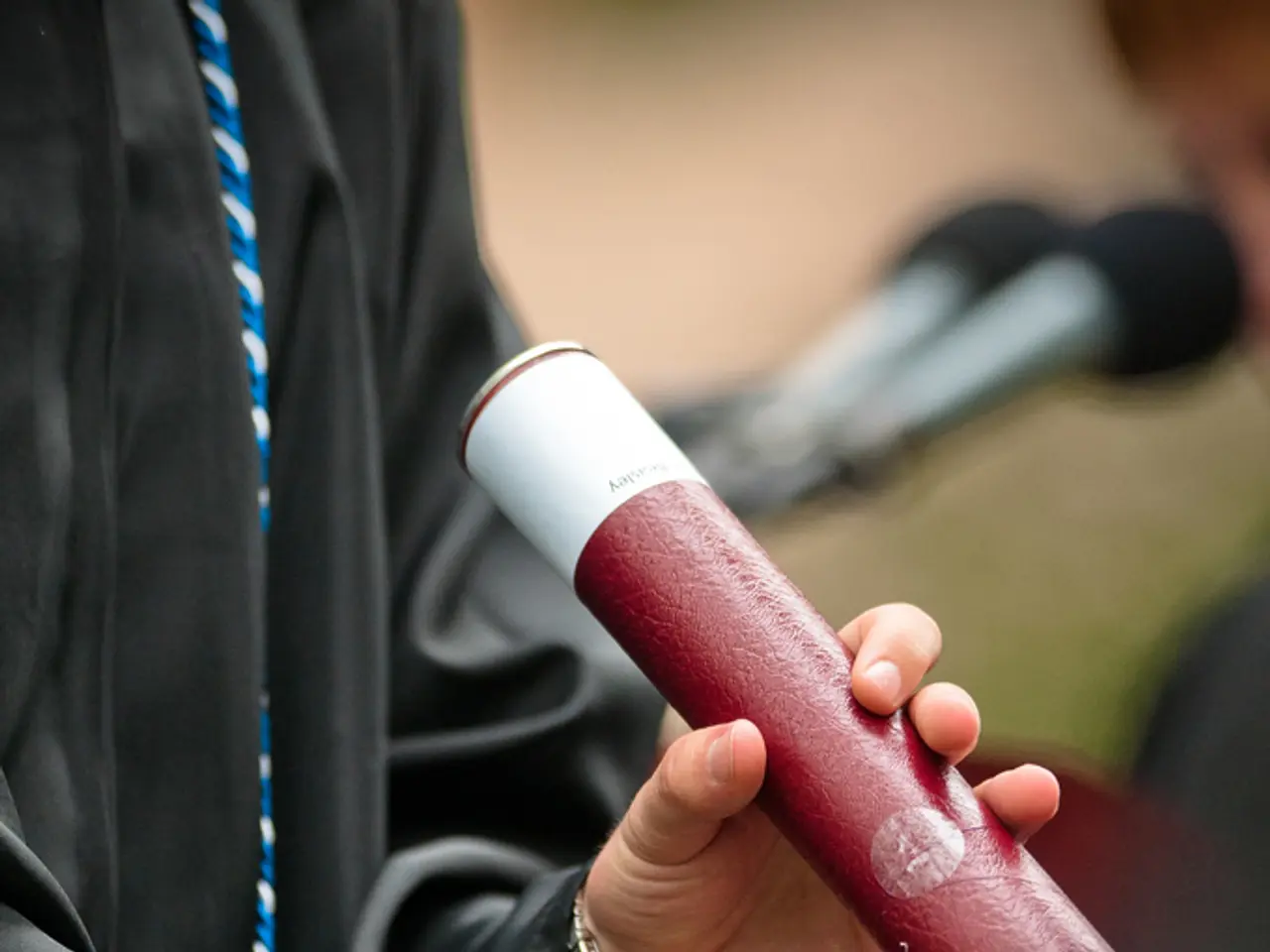Biometrics Authentication through Natural Characteristics: Reliance on Physical Traits for Verification
In the digital age, security and convenience are paramount. One technology that is revolutionizing identity verification is physiological biometric authentication. This method of security verification uses measurable biological traits to authenticate an individual's identity, offering enhanced security and user-friendly experiences.
Physiological biometrics rely on physical characteristics that are unique to each individual, such as fingerprints, facial features, iris patterns, or palm vein structures. These traits, while inherently personal, provide a reliable foundation for secure identification.
One of the most widely adopted biometric technologies is facial recognition, which analyzes the spatial geometry of facial features to identify individuals. This technology is commonly used in smartphones, airport security, and ATMs. Fingerprint recognition, another popular form of biometric authentication, uses the unique ridge patterns on fingertips to authenticate users. Both modalities are widely adopted due to their stability and high accuracy.
Voice recognition, although it has both physiological and behavioral aspects, analyses vocal tract shape, which is physiological. It is used in phone calls, virtual assistants, and high-risk transactions. Iris and retina scanning, which examine the patterns in the colored ring around the pupil and the blood vessel patterns at the back of the eye, respectively, offer high accuracy and are used in high-security settings. Hand geometry and vein geometry, such as palm or finger vein scanning, use infrared light to capture unique vascular patterns.
In finance and banking, facial and fingerprint recognition are commonly used for authentication during mobile banking sessions and ATM withdrawals. In healthcare, biometric identifiers like facial scans and fingerprints are used to accurately link patients to their medical records and control access to restricted areas. In travel and border security, biometric technologies offer a reliable solution for verifying identities at scale, helping to accelerate processing times and reduce the risk of identity fraud.
However, privacy concerns are a challenge in the use of physiological biometric authentication. To address this, it is crucial to implement access controls and regular audits to maintain data security. Successfully deploying physiological biometric authentication requires thoughtful integration with current infrastructure.
Modern biometric systems are increasingly designed with inclusivity in mind, accommodating users with physical or sensory impairments. Ongoing advancements in machine learning and user-centered design are helping to make biometric security more equitable and accessible for all users.
The future of physiological biometric authentication lies in emerging innovations that not only improve accuracy and speed but also offer stronger protection against sophisticated threats. Advanced liveness detection, deepfake and injection attack detection, and AI and machine learning integration are future trends in physiometric authentication.
Despite the benefits, it is essential to remember that no system is foolproof. Physical changes, such as aging, injuries, or medical conditions, can alter biometric features and must be accounted for in the design of the systems.
In conclusion, physiological biometric authentication offers a secure and convenient solution for modern identification. By understanding its strengths and challenges, we can harness its potential to create a safer and more efficient world.
[1] Smith, J. (2022). The Evolution of Biometric Authentication. Retrieved from https://www.biometricupdate.com/202204/the-evolution-of-biometric-authentication [2] Johnson, M. (2021). The Future of Biometric Authentication. Retrieved from https://www.forbes.com/sites/michaeljohnson/2021/10/18/the-future-of-biometric-authentication/ [3] Brown, K. (2023). The Impact of Biometric Authentication on Identity Theft. Retrieved from https://www.nytimes.com/2023/01/01/technology/biometric-authentication-identity-theft.html
Digital onboarding and remote onboarding can significantly benefit from the enhanced security offered by advanced biometric authentication methods, such as facial recognition, fingerprint recognition, and voice recognition, during the identity verification process. Leveraging technology like biometric authentication can help minimize security risks while ensuring a user-friendly experience for individuals engaged in digital onboarding or remote onboarding.
The integration of physiological biometric authentication systems should be carefully planned to maintain data security, address privacy concerns, and ensure accessibility for all users, particularly those with physical or sensory impairments. In the future, ongoing advancements in technology will continue to drive the development of more accurate, fast, and secure biometric authentication methods.




